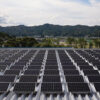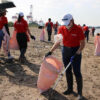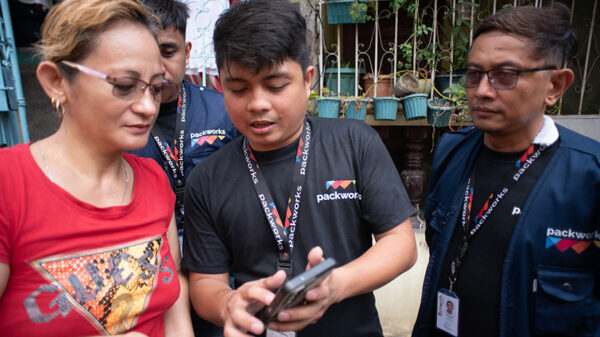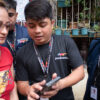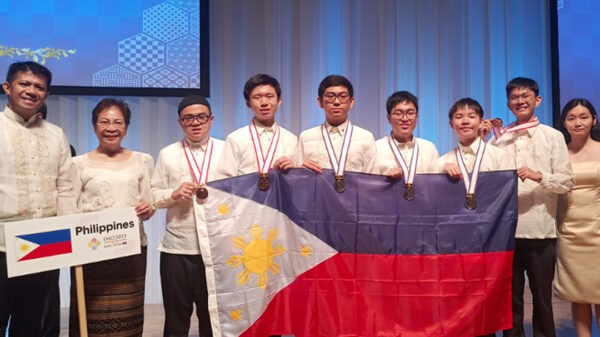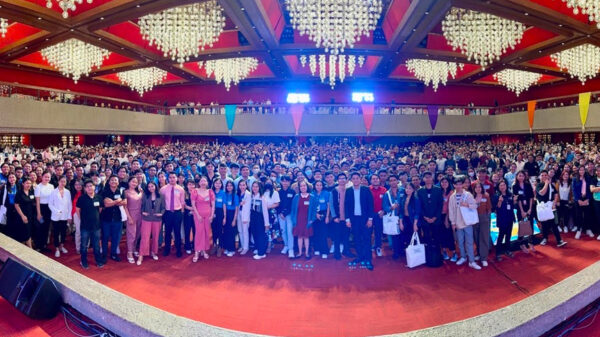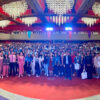The “Free Internet Access in Public Places Project” of the Information and Communications Technology (ICT) Office of the Department of Science and Technology (DOST) is making strides in providing residents in Tubigon and Talibon, Bohol, the capability to access the Internet. The two aforementioned sites were chosen to be pilot sites for the project as they were also pilot sites for the Agency’s TV White Space initiative. These sites were instrumental in coordinating relief efforts after the Bohol earthquake in 2013.
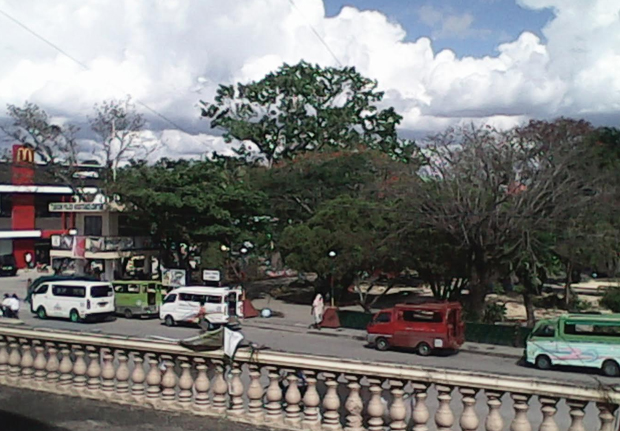
The Tubigon Free-Wi-Fi site is currently located at the town plaza , which is accessible to residents and visitors; and provides connectivity for government offices in the area. Students are particularly pleased with having access to free WiFi as it helps them with their research for school. According to Anna Mariel Palima, 18, a student from Tubigon Bohol, she uses the connectivity mainly for school research and communication with friends and family in Manila, while her Aunt, who works as a social worker, uses it to communicate with the Department of Social Welfare and Development (DSWD) via email.
The Internet connectivity at the sites use TV White Space (TVWS) technologies. TVWS refers to the unutilized television frequencies in the VHF and UHF bands. In 2010, the United States Federal Communications Commission (FCC) approved the use of TVWS for data communications. TVWS equipment can deliver 5 to 40 Mbps of data throughout a designated area that covers a maximum range of 20 kilometers. Its signals can literally pass through several concrete walls, thick foliage, and water, making it ideal for island nations such as the Philippines. TVWS will be used to connect areas that are beyond the reach of conventional means such as a fiberoptic cables, microwave radio and cellular.
“Madalas namin gamitin ang free Wi-Fi para sa komunikasyon sa pag gamit ng apps tulad ng Facebook, Wattpad, at Skype. Para sa research, madalas naming gamitin ang Google search at Youtube (We often use Free Wifi for communication using apps such as Facebook, Wattpad and Skype, while for research purposes, we often use Google Search and Youtube),” Palima said.
Leizel Galia, 28, a bakery supervisor in Tubigon Plaza, said that she uses the connectivity primarily to connect with friends and family abroad and in Manila. Both users utilize smart phones to connect to the service.
Data from the Wi-Fi Access points show that peak hours are from 12 noon to 12 midnight with as many as 80 simultaneous users.
The Free Internet Access in Public Places project of the ICT Office will further boost the benefits already being reaped from its various projects, which aim to extend the access of technology to broader users as well as bring the conveniences of modern technology to more Filipinos. Among these projects are the Tech4ED project, Rural Impact Sourcing and DigiBayanihan. Likewise, DOST projects such as Project NOAH and RX Box are also expected to benefit from improved access to Internet connectivity.
Undersecretary Louis Casambre of the DOST-ICT Office has a positive outlook on the effects of the Free WiFi in Public Spaces Project. “Access to the Internet will not only provide access to information, education and communication to our citizens in rural areas it will also allow them to expand their markets for their goods and services well beyond their municipal borders, allowing for the start of a positive reinforcing cycle of socio-economic growth and development,” Casambre said.
Tubigon is the nearest seaport in Cebu City and is located at the province of Bohol, Philippines, at 51 kilometres (32 mi) from Tagbilaran. According to the 2010 census, it has a population of 44,902. Tubigon is well known for its “lambay” crabs.
The Information and Communications Technology Office of the Department of Science and Technology is the Philippine Government’s lead agency on ICT related matters. Its primary thrusts are in the ICT Industry Development, eGovernment, ICT policy development, Internet for all and Cybersecurity.





















































































